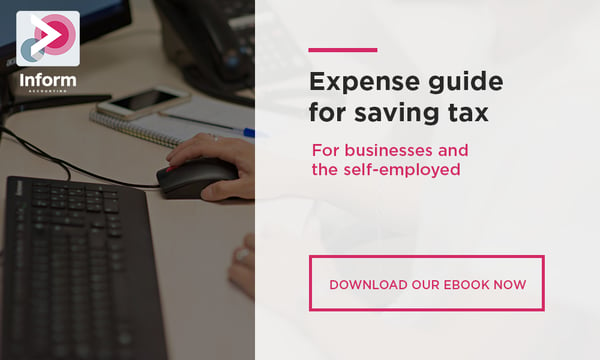BLOG COMPANY TAXES, EXPENSES & RATES
Managing new employer National Insurance rules
Autumn Budget 2024 announced sweeping changes to the National Insurance regime for employers from 6 April 2025.
Contributions start at lower level
Employers will start making secondary National Insurance contributions (NICs) at a lower level of earnings:
-
the secondary threshold becomes £5,000 per year, rather than £9,100 per year
-
from 5 April 2028, it will then rise in line with the Consumer Price Index.
Rate of contribution rises
The rate of secondary Class 1 NICs paid by employers will rise from 13.8% to 15%.
The increase impacts Class 1A contributions payable on benefits in kind, and Class 1B NICs payable on PAYE Settlement Agreements, which also rise to 15%.
Increase in the Employment Allowance
-
The Employment Allowance (EA) rises from £5,000 per year to £10,500 from 6 April 2025.
-
Eligible employers can offset the EA against their NICs liability, potentially reducing it to nil.
-
It will no longer be necessary to have had an employer secondary Class 1 NICs liability of £100,000 or less in the previous tax year to claim.
-
The EA is not available to single director companies where the director is the only employee paid above the secondary threshold.
The new rates and thresholds potentially represent a significant increase in costs for employers, especially when taken alongside the new minimum wage rates in force from April 2025.
Action Point
In most cases, the tax advantage of salary sacrifice arrangements has been removed in recent years. However, with pension contributions and certain other benets, advantages remain. As employer NICs bills rise, remuneration packages that manage NICs costs by using salary sacrifice become very attractive options. We can help you assess your remuneration strategies.
Looking for more tax planning tips?
With the closure of the 24/25 tax year approaching on April 5, 2025, there remains an opportunity to assess your tax strategies and capitalise on current year-end possibilities. Inform Accounting's Year End Planning Guide offers advice and tactics to ready yourself for the financial year's end, maximising available tax allowances and reliefs.
Read more of Inform's tax blogs:




.jpg?width=1500&height=1000&name=amy-hirschi-K0c8ko3e6AA-unsplash-(5).jpg)

